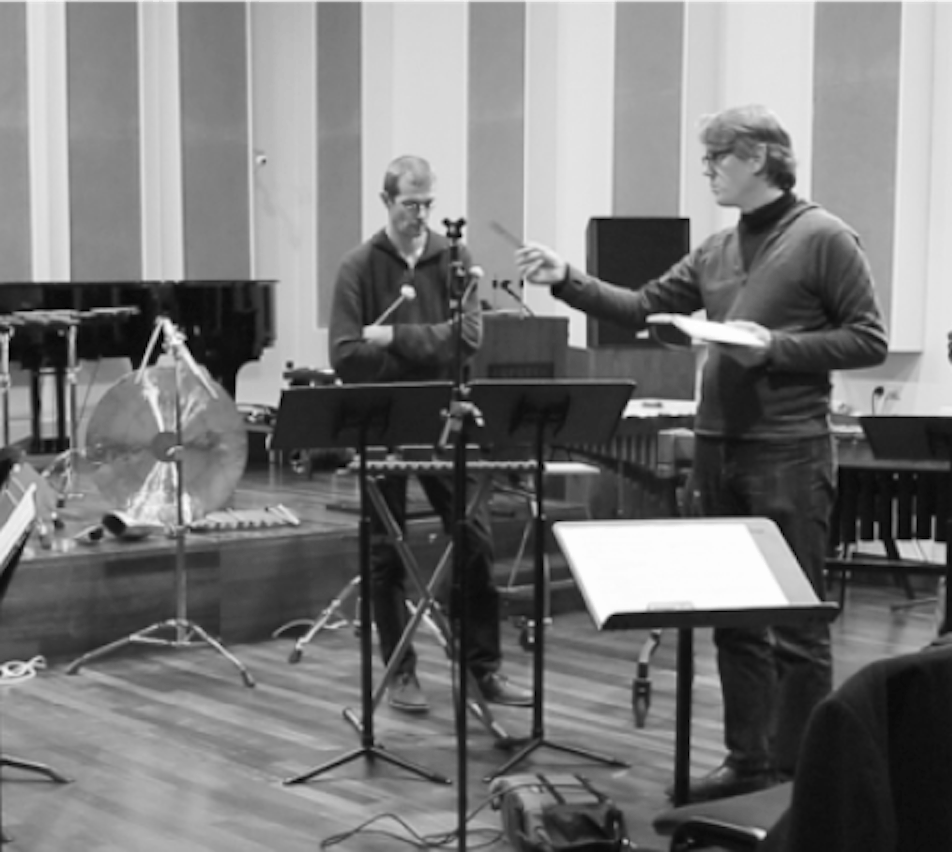Nowadays, transcriptions of Johann Sebastian Bach’s compositions form an integral part of the classical guitar repertoire. These works have been produced in relatively recent times, the first ones being composed by Francisco Tárrega about 130 years ago. Today we have complete works transcribed from the violin, cello and flute repertoire, as well as few harpsichord pieces. Still, even contemporary transcriptions are not much different from those done by Tárrega or, later, by Andrés Segovia. Although many guitar players do listen to historically informed performances of ancient music, and might sense something is not right in the guitar transcriptions, not enough research has been done on this issue. Furthermore, since guitar did not exist as such in Bach's time, there is not any ancient treatise including instrument-specific solutions for dealing with the issues of that music, as there is for example for flute (Johann Joachim Quantz) and keyboard (Carl Philipp Emanuel Bach). A modern 6-string guitar player, therefore, in spite of having Bach as a substantial part of her/his repertoire, does not have anywhere to look at in order to faithfully broach these compositions. The absence of a detailed guide leads to read the music "as it is", with little or no attention paid to era-specific notation practice. For example, although the bowing in compositions for strings, where written, crucially affects the interpretation, no study on the transcriptions of bowings on guitar has been made. Furthermore, guitar transcriptions of keyboard works is a relatively new phenomenon and its complexity asks not only for more research, using the keyboard related sources we have, but also for exploring and experimenting on guitar and developing its techniques.

